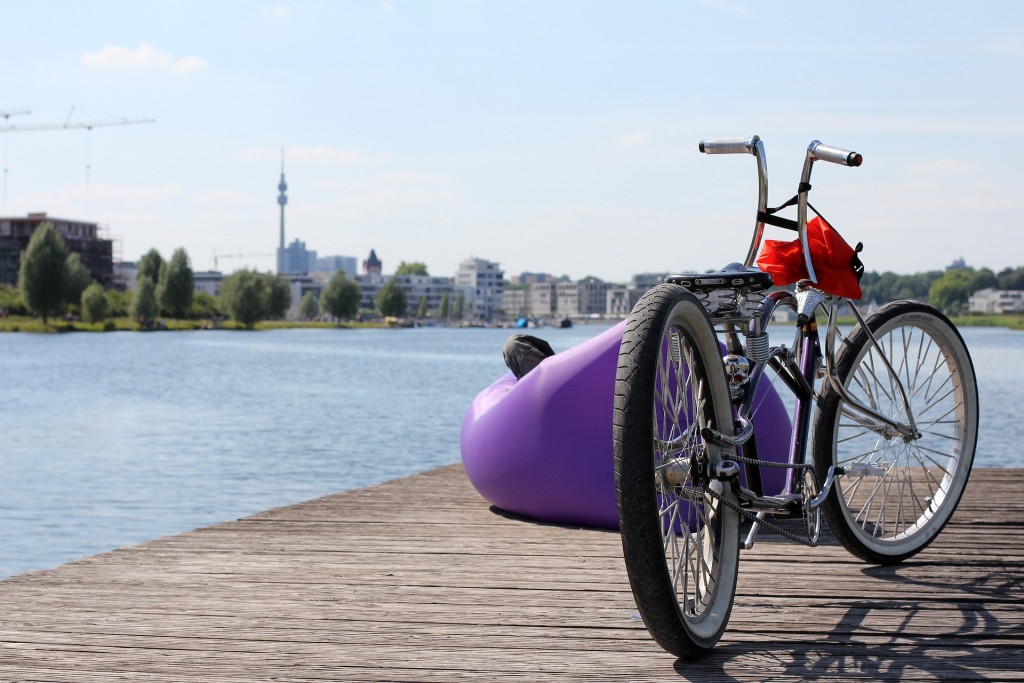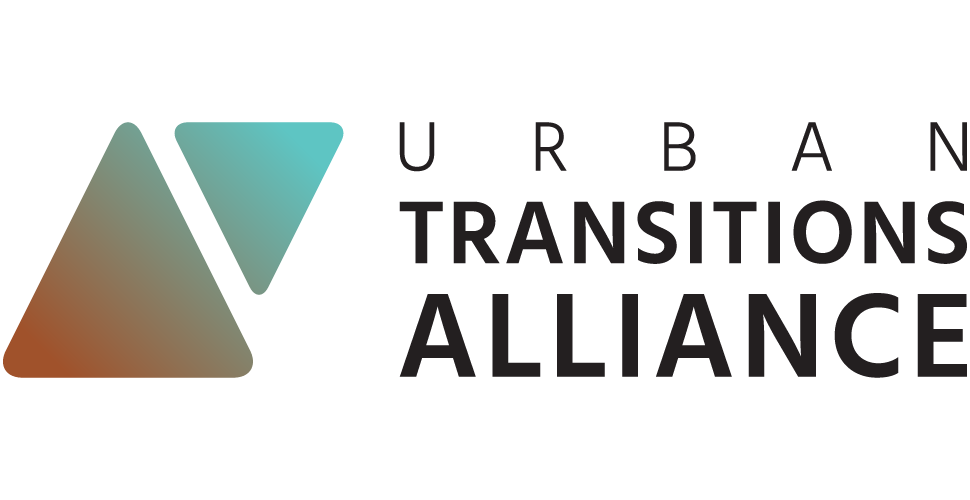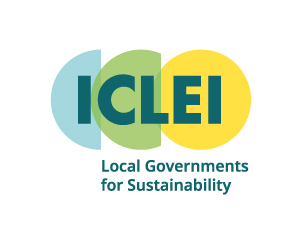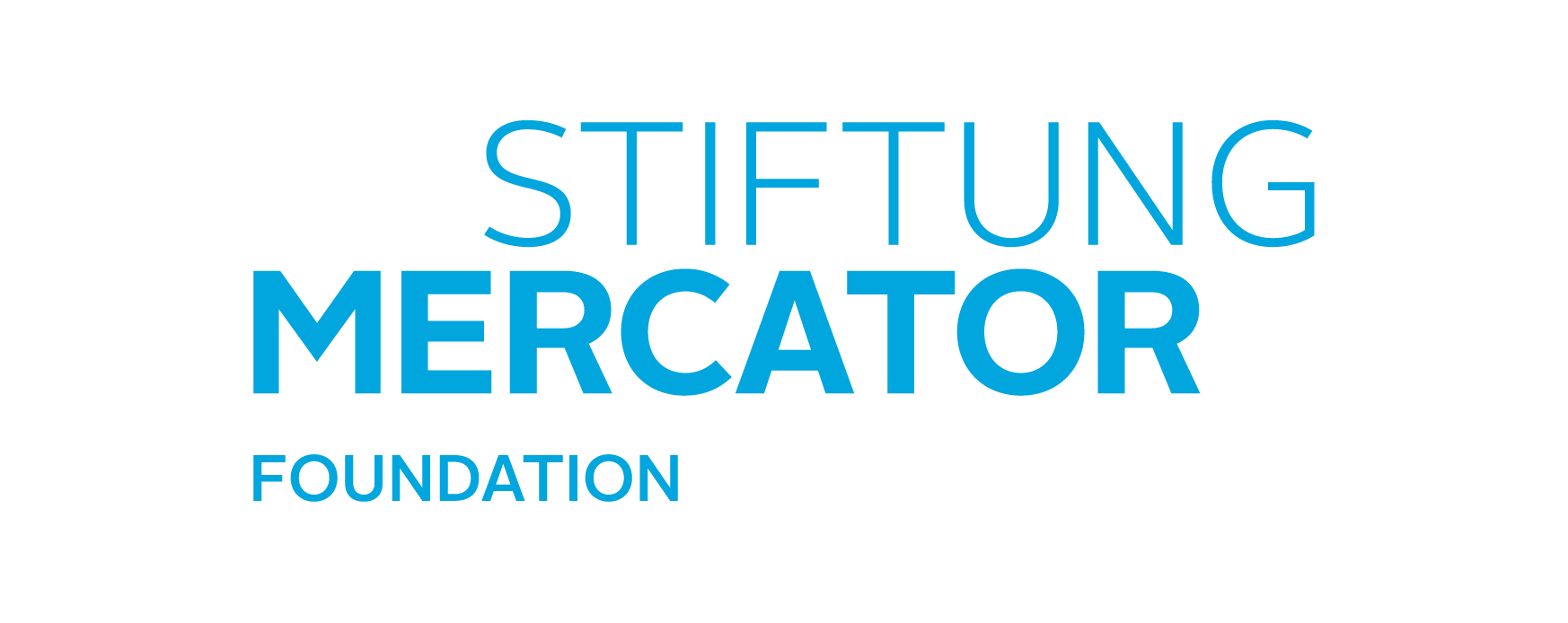Dortmund
GERMANY
Industrial Legacy
With strong industrial roots in coal and steel industries and the largest city in the Ruhr metropolitan region with a population of 602 000, Dortmund and the surrounding Emscher region was the engine of the industrial revolution in Germany.
The area’s industrialization first began in the mid-19th century following the discovery of coal deposits in the south of the city which in turn spurred technological development in transportation, mining and metallurgy. During this time, Dortmund also became the railroad hub of the growing industrial Ruhr area, giving the city a decisive competitive edge. Rapid job creation in mining, steel and railway industries led to significant immigration flows into Dortmund. Between 1849 and 1875 the population increased five-fold from 10 515 to 57 742.
As the city developed further, vast structural changes occurred for the population and the environment. The close proximity of the City of Dortmund to the European waterways network led to some of the first harmful impacts of industrialization on natural ecosystems. The mining and metallurgy waste and pollution led to numerous contaminated sites as well as mountainous sinks. Furthermore, streams and small rivers, particularly the Emscher, were canalized and water amenities turned into an open sewage system.
At the end of the 1950s, the structural change hit in Dortmund with first job layoffs in the mining sector. Between 1958 and 1964, 35 collieries closed across the Ruhr area. Increased instability and economic insecurity in industrial manufacturing in the 1960s forced people to question what the future of the city may look like. Then the 1975 steel crisis shook Dortmund and the region experienced swift deindustrialization which led to rising cross-sectoral unemployment with roughly 90 000 jobs lost. Since the 1980s, the unemployment rate has stabilized at a rate slightly above the state and the federal average. However, the growth rate of Dortmund’s GDP has fallen short of other regional centers due to the lack desirable jobs in tertiary and service sectors.
Transition Barriers
Dortmund aims at providing social programs to support residents in need. However, social challenges like high unemployment rate and high immigration are rising, placing a strain on city budgets and social service provision.
Dortmund hopes to expand job opportunities by attracting new industries and start-up entrepreneurs, however there is increasing competition between cities in the Ruhr as well as other regions in Germany and the EU.
The City of Dortmund wishes to invest in the rehabilitation of its ecological systems; however the these investments can be costly and the city is still dependent on regional subsidies which are insufficient to cover ecological upgrading costs.
Sustainable Future
The signs of structural change were quickly recognized and Dortmund embarked on its urban transition early on. The first wave of the transition initiatives led to significant gains in tertiary sectors particularly insurance and financial services, research and development and new technologies. The foundation for this economic shift was cemented with the establishment of the Technical University of Dortmund in 1968 and the University of Applied Sciences and Art in 1971. Following this, scientific institutes like a Fraunhofer-Institute, a technology centre and a technology park emerged in immediate vicinity of the University. The public, private and research cooperation successfully turned Dortmund into a city of knowledge with rapidly growing IT, micro and nano technology, logistics, and most recently, medical science and robotics sectors.

The City of Dortmund’s transition also focused on of the quality of life. They see the development of an attractive sociocultural and urban environment as key to attracting employers. In their lead project “PHOENIX See”, the local government revitalized a large brownfield steel-making complex close to the city center that closed in 2001. After decontaminating the land, they created an artificial lake large enough to accommodate sailing, paddle and rowing boats. PHOENIX See quickly became a new landmark of the city. Around the lake a mix of luxury and affordable housing with sustainable energy infrastructure emerged. Today, the lake is highly popular and provides the perfect space for walkers, runners, cyclists and skaters.
The sustainable transition efforts in the City of Dortmund culminated in winning of the German Sustainability Award in the year 2014, where Dortmund was been named Germany’s most sustainable city. The jury particularly emphasized the social efforts referring to their comprehensive social inclusion and public participation initiatives.


